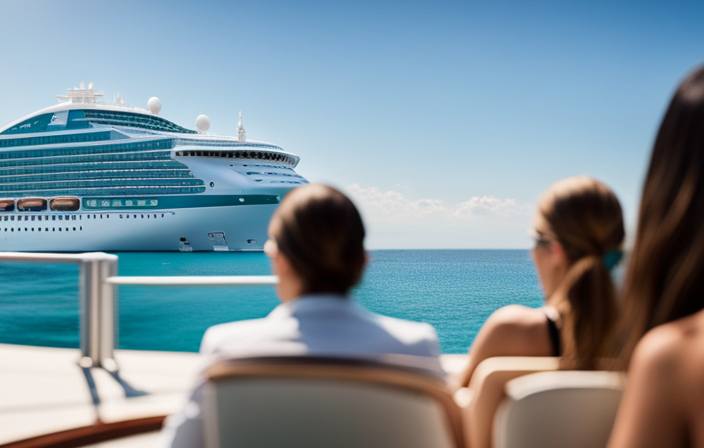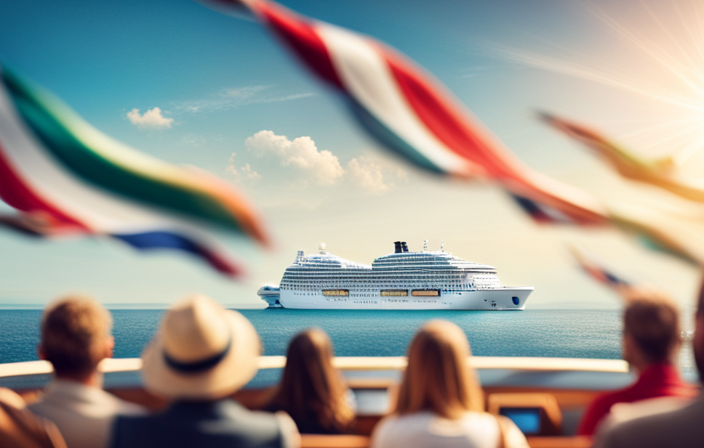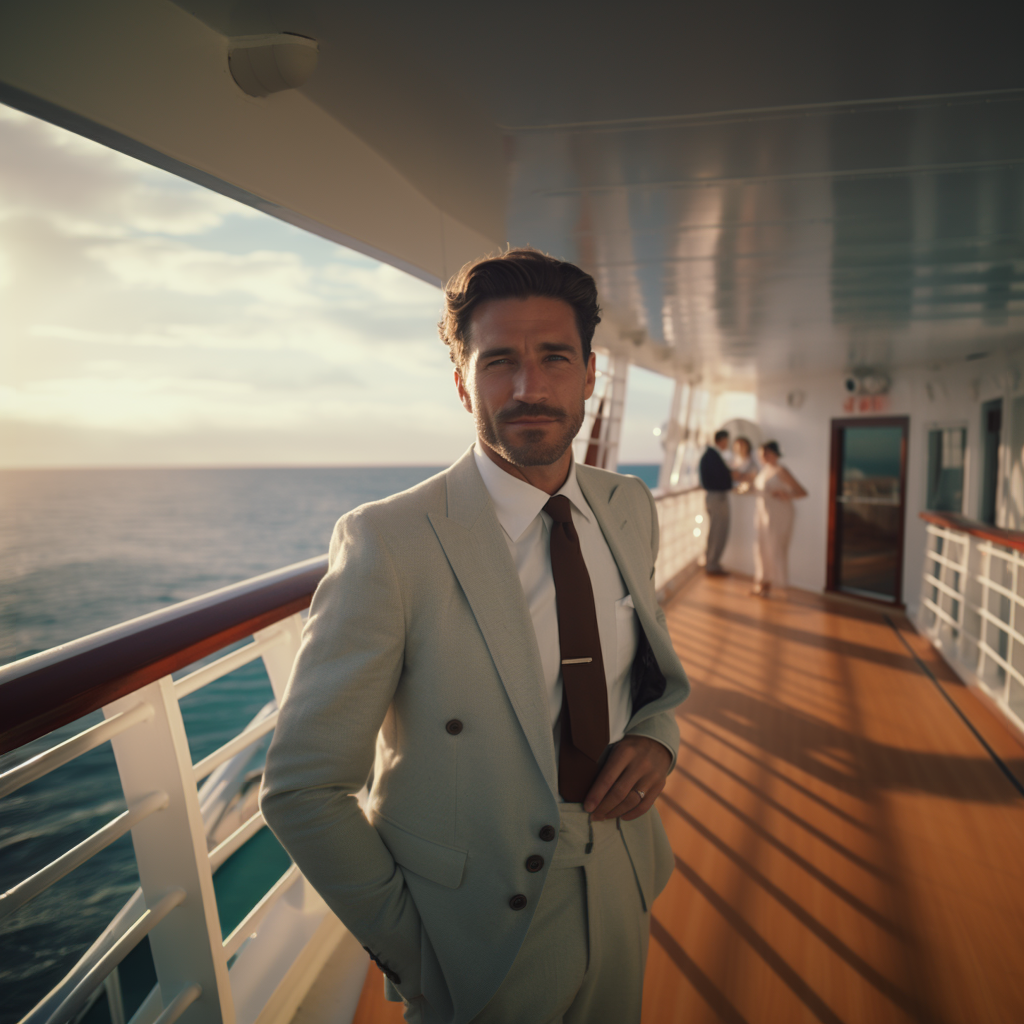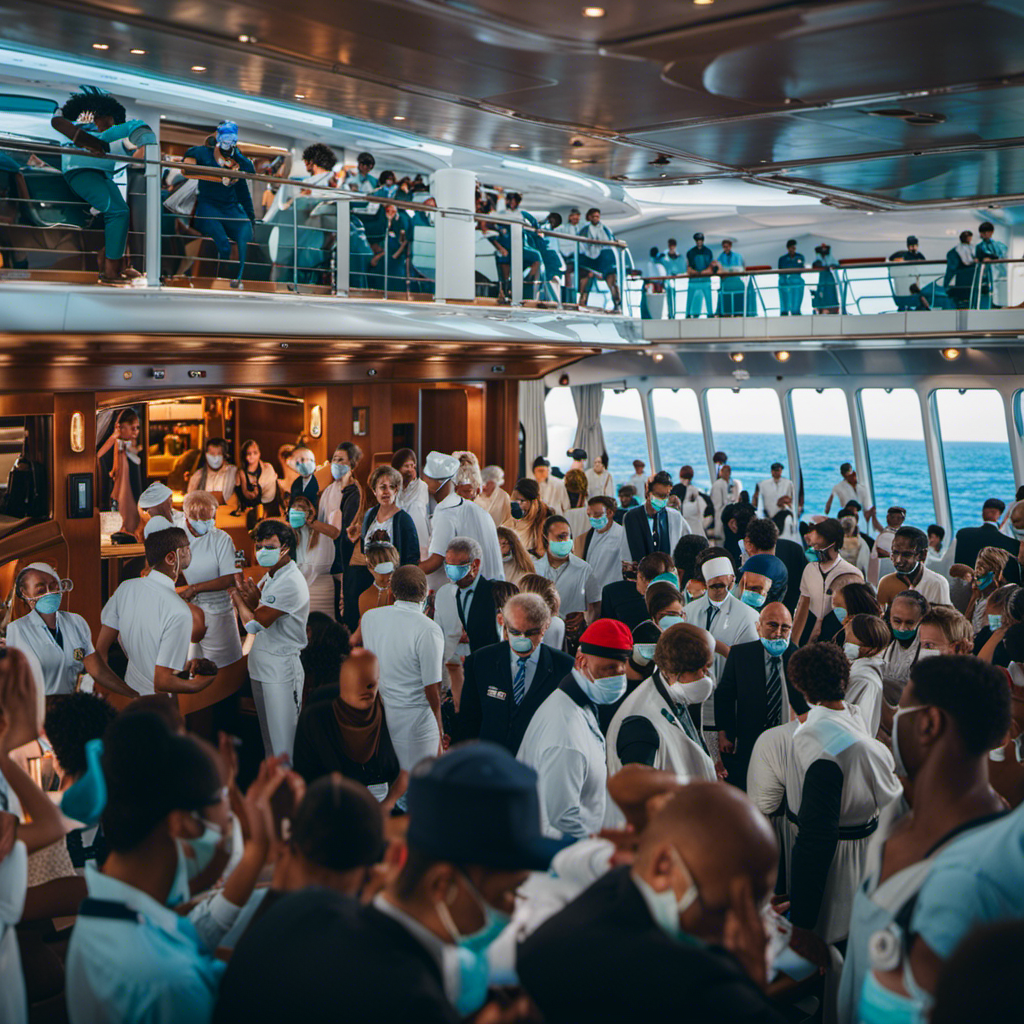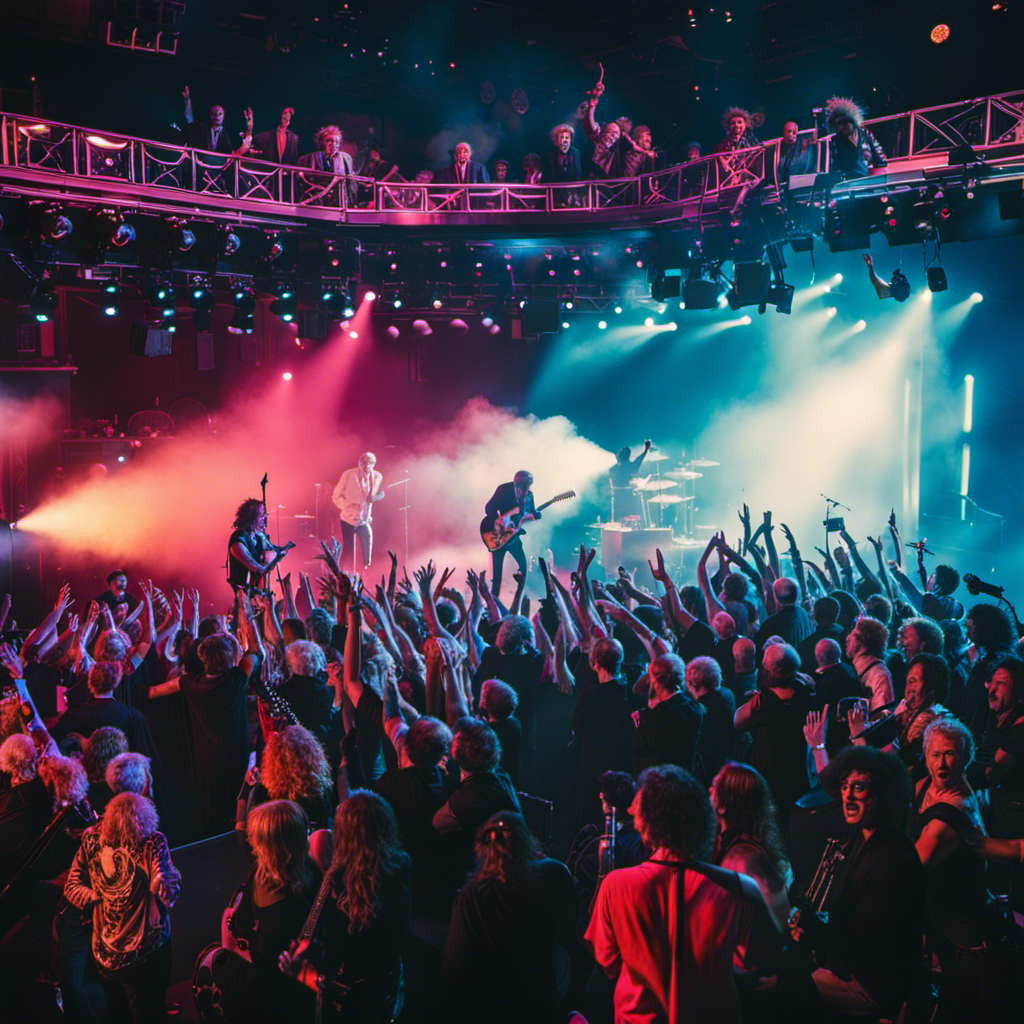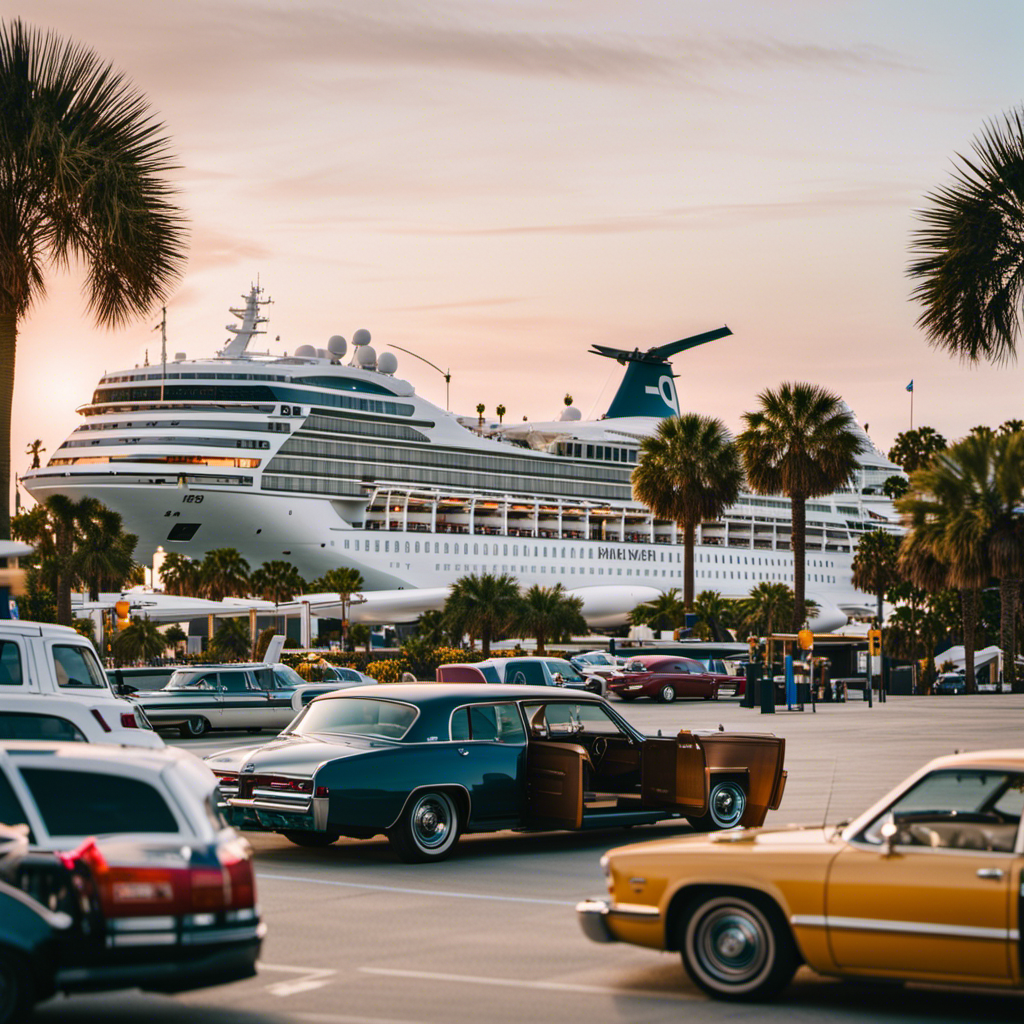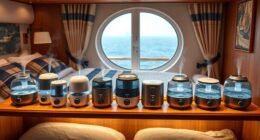Stepping onto the luxurious Explora I cruise ship is akin to entering a world of opulence and discovery. Being the latest addition to the MSC Group’s fleet, Explora Journeys is set to redefine standards for high-end cruising.
Picture this: a grand vessel measuring 813 feet long and weighing 63,900 gross registered tons, offering a best-in-class experience across 461 lavish staterooms. With eleven culinary experiences and over 10,700 square feet of wellness facilities, this cruise line spares no expense in ensuring your every desire is met.
But Explora Journeys goes beyond extravagance. This new cruise line embraces environmentally friendly technologies, boasting a Selective Catalytic Reduction (SCR) system to reduce emissions and advanced wastewater treatment systems.
From August 1, 2023, Explora I will embark on its inaugural sailing from Copenhagen, Denmark, offering itineraries ranging from 3 to 35 nights. Prepare to be captivated by non-traditional cruise experiences, connecting with the sea, yourself, and like-minded individuals.
Join me as we embark on a remarkable journey with Explora Journeys, where luxury and adventure collide in perfect harmony.
Key Takeaways
- Explora Journeys is a new luxury cruise line owned by MSC Group.
- The delivery of Explora I marks MSC Group’s entry into the luxury travel sector.
- Explora I offers a unique and upscale guest experience with luxurious amenities and environmentally friendly technologies.
- Explora Journeys aims to redefine luxury travel standards by providing an unparalleled experience to luxury travelers.
Brand Ownership and Vision
I’m excited to learn more about the brand ownership and vision of Explora Journeys, the new luxury cruise line owned by MSC Group. They aim to create a unique ‘Ocean State of Mind’ experience, which sounds intriguing.
MSC Group, led by Executive Chairman Pierfrancesco Vago, has emphasized the growth prospects in the luxury travel sector, and this venture into luxury cruising marks a significant step for them. With the delivery of their first ship, Explora I, MSC Group is entering the luxury travel sector with a bang. They are determined to redefine the standards of luxury travel and provide an unparalleled experience to their guests.
I can’t wait to explore their innovative ship design, environmentally friendly technologies, and the eleven culinary experiences onboard. It’s clear that Explora Journeys has big plans for the future and aims to make a lasting impression in the luxury cruise industry.
Explora I Ship Details
Constructed in Monfalcone, Italy, Explora I is a 63,900 gross registered tons luxury cruise ship. It has 461 staterooms, 11 culinary experiences, and advanced environmentally friendly technologies. Onboard, guests can indulge in a wide range of amenities and experiences.
The ship boasts six restaurants and twelve bars, offering a diverse selection of culinary delights. For relaxation and recreation, Explora I features three outdoor pools, one indoor pool, and over 10,700 square feet of wellness facilities.
The ship’s environmentally friendly technologies, such as the Selective Catalytic Reduction (SCR) system, help reduce emissions and minimize its ecological impact. Additionally, Explora I’s hull design optimizes hydrodynamics, ensuring a smooth and efficient sailing experience.
The construction process of this magnificent vessel began on July 10, 2021. The attention to detail and commitment to luxury can be seen in every aspect of its design.
Environmentally Friendly Technologies
Utilizing advanced technologies, Explora I incorporates environmentally friendly systems to reduce emissions and minimize its ecological impact. Here are some of Explora I’s sustainability features:
-
Selective Catalytic Reduction (SCR) System: This innovative technology helps to significantly reduce emissions by converting harmful nitrogen oxide into harmless nitrogen and water vapor.
-
Advanced Wastewater Treatment: Explora I is equipped with advanced wastewater treatment systems that ensure the proper treatment and disposal of wastewater, minimizing its impact on the environment.
-
Ballast Water Treatment: To protect marine ecosystems, Explora I utilizes a ballast water treatment system that eliminates the transfer of harmful organisms and sediments from one location to another.
-
Recycling Systems: Explora I is committed to waste reduction and recycling. The ship has efficient recycling systems in place, allowing for the proper disposal and recycling of materials onboard.
These environmentally friendly technologies not only contribute to the preservation of the environment but also enhance the luxury travel experience. Guests can enjoy a guilt-free voyage knowing that their journey is taking place on a ship that prioritizes sustainability and ecological responsibility.
Exciting Itineraries
With its unique and unconventional itineraries, Explora I offers luxury travelers the opportunity to explore lesser-known ports of call and experience a truly immersive journey at sea.
Our itineraries are designed to take you to destinations that are off the beaten path, allowing you to discover hidden gems and create unforgettable memories.
From the picturesque islands of the Shetland Islands and Orkney to the stunning landscapes of Iceland, every port of call is carefully selected to provide you with a one-of-a-kind experience.
Imagine strolling through charming cobblestone streets, savoring local cuisine, and immersing yourself in the rich history and culture of each destination.
Whether you’re a seasoned traveler or new to cruising, our itineraries promise to deliver unique ports and unconventional experiences that will leave you inspired and craving for more.
Future Ships
I am excited to share that MSC Group has plans to expand its fleet with the addition of Explora II in August 2024, followed by LNG-powered ships Explora III and IV in 2026 and 2027. This expansion is a testament to our commitment to redefining luxury travel standards and creating unforgettable experiences for our guests.
The future ships will continue to embody the unique ‘Ocean State of Mind’ experience that Explora Journeys is known for. With their advanced technologies and environmentally friendly features, these ships will not only provide a best-in-class guest experience but also prioritize sustainability.
To give you a glimpse of what’s to come, here is a table showcasing the upcoming ships in the Explora Journeys fleet:
| Ship Name | Expected Year of Service |
|---|---|
| Explora II | August 2024 |
| Explora III | 2026 |
| Explora IV | 2027 |
With these future ship plans, we are excited to continue our expansion and offer even more unique and non-traditional itineraries to luxury travelers. Stay tuned for more updates as we sail into the future of luxury cruising with Explora Journeys.
Frequently Asked Questions
How does Explora Journeys plan to redefine luxury travel standards?
Explora Journeys plans to redefine luxury travel standards by offering an unparalleled guest experience. From spacious staterooms and exquisite dining options to state-of-the-art wellness facilities and environmentally friendly technologies, Explora I sets a new benchmark for luxury cruising.
What are the unique features and amenities offered on Explora I?
On Explora I, guests can enjoy a range of unique features and amenities. These include 461 spacious staterooms, 11 culinary experiences, 3 outdoor pools, advanced eco-friendly technologies, and a hull design optimized for smooth sailing.
How does Explora I contribute to environmental sustainability?
Oh, let me tell you about Explora I’s environmental initiatives! This luxury cruise ship is all about eco-friendly practices. From its Selective Catalytic Reduction system to its advanced wastewater treatment, Explora I is sailing towards a greener future.
Can you provide more details about the non-traditional cruise experience offered by Explora I?
The non-traditional cruise experience offered by Explora I is truly unique. With its unconventional arrival and departure times, overnight stays in port, and less common ports of call, guests can discover new destinations and immerse themselves in the local culture like never before. Additionally, Explora I features a wide range of onboard amenities, including 11 culinary experiences, three outdoor pools, and over 10,700 square feet of wellness facilities, ensuring that guests have a truly exceptional and unforgettable journey.
What can we expect from the future ships of Explora Journeys, including Explora II, III, and IV?
The future ships of Explora Journeys, including Explora II, III, and IV, are like the stars of a constellation, each shining with unique features. They will boast LNG-powered technology, luxurious amenities, and innovative designs to provide an unforgettable voyage.
Alfons is the visionary leader and driving force behind Voyager Info’s success. As the Editor in Chief, he brings a wealth of experience and an unwavering passion for travel to the helm of our cruise-centric platform.
With a lifelong fascination for exploring new horizons, Alfons discovered his love for the ocean and cruising at a young age. From sailing across pristine Caribbean waters to embarking on daring expeditions to far-flung destinations, he has amassed a treasure trove of first-hand experiences in the world of cruising.

